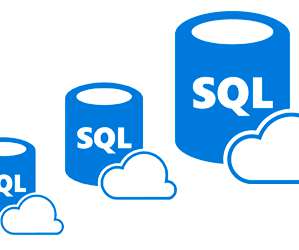PostgreSQL vs. Oracle: Difference in Costs, Ease of Use & Functionality
Scalegrid
JULY 13, 2020
Compare ease of use across compatibility, extensions, tuning, operating systems, languages and support providers. There is also a wide network of Oracle partners available to help you negotiate a discount , typically ranging from 15%-30%, though larger discounts of up to 40%-60% are available for larger accounts. Compare Ease of Use.






















Let's personalize your content